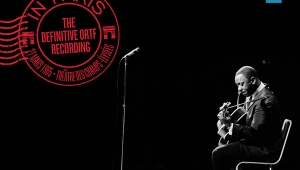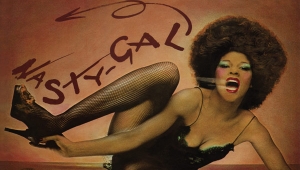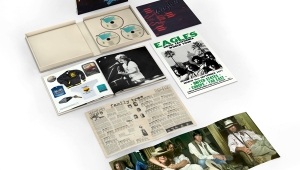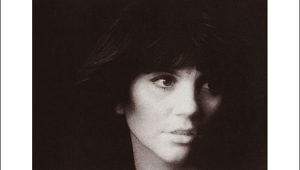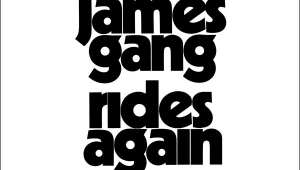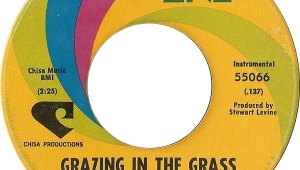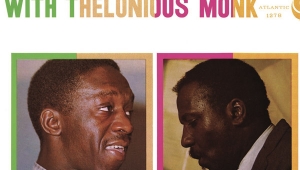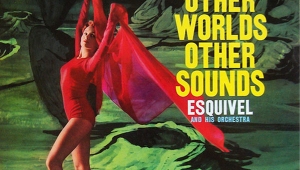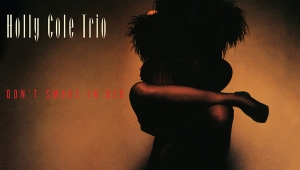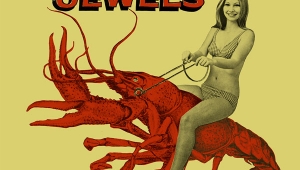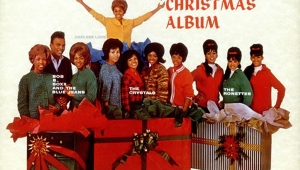| Columns Retired Columns & Blogs |
White Man's Blues

Because acoustic blues only appeals to a fairly limited crowd—the old beer and biker bar crowd like their blues electrified—Hammond’s career has been low key. Larger success has alluded him which is not a huge surprise considering the music he chooses to play. Much as I love my old Yazoo blues records of Charlie Patton, Blind Lemon Jefferson, Robert Johnson and the rest, I also realize mostly from experimentation with civilians who I lure to my listening room that early blues are an acquired taste. And again as much as I love the stuff—it is after all where rock and roll came from—it can be a one trick pony. Much of it sounds the same. Add to that the fact that playing traditional music of any kind often turns the player into more of historian and re-enactor than someone who does new original music. Ask any Celtic trad player, after so many the jigs, reels and waltzes, it becomes a dead end. Fun to play perhaps, but the tradition is damned hard to move forward. Although Hammond has added lots of personal touches to his blues and has updated its sound and approach mostly via his considerable guitar chops, it’s hard, nearly 100 years later, to compete musically and sociologically with the guys who created the music and who lived the life they sang about. And then there’s the Robert Johnson problem. Like all latter day acoustic bluesmen, Hammond worships Johnson. He even made a very good documentary about the man. But with a towering legacy like Johnson’s, I’ve always wondered why Hammond even tried. I mean half the time I've ever listened to Hammond, I end up taking his record off and listening to say, Son House instead. Clearly, it’s just that the music speaks to him
Under the heading of records that almost got by me in 2009 is Hammond’s latest, Rough & Ready which was released earlier this year by David and Norman Chesky on Chesky Records on an SACD multichannel hybrid disc. As is usually the case with Chesky, the thing sounds superb thanks to engineer Nicholas Prout, producer David Chesky and co-producer Marla Hammond (John’s wife). And just in case you had any doubts, inside the jewelbox, under the CD, you’ll find this admonishment:
“No Overdubs. No compressors in the signal path. No Multitracking. No large mixing consoles.”
You Go David! Nice to see all that stated clearly in print. Even better hearing the results.
Overall, Hammond plays (guitar and harmonica) and sings his ass off on this record. The guy’s a pro no doubt. And happily, as much as his records have inspired shrugs from me in the past, this record has a nice energy to it. A pair of Howling Wolf tunes, “My Mind is Rambling” and “No Place to Go” is particularly good. His cover of “Get Behind The Mule” a tune by his old friend Tom Waits, a direction I always thought he should have gone in—albeit 30 years ago now—is the record’s best track. His rough vocals on that cut are perfect.
There’s really only a couple of weaker tunes here, including a goofy cover of “Chattanooga Choo Choo” to which Hammond brings nothing new. I mean why? Being an aficionado of old music is great but don’t carry it too far. It also sticks out like a sore thumb on what is mostly a blues record. Overall though this is an enjoyable, passionate record from a seasoned performer, who despite an odd career choice, has got some mojo workin’
- Log in or register to post comments

